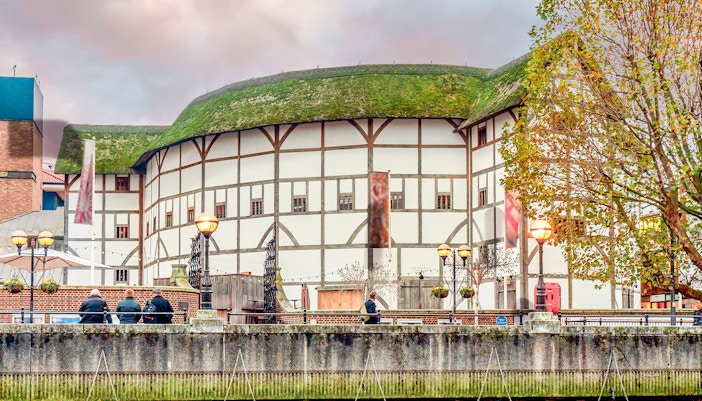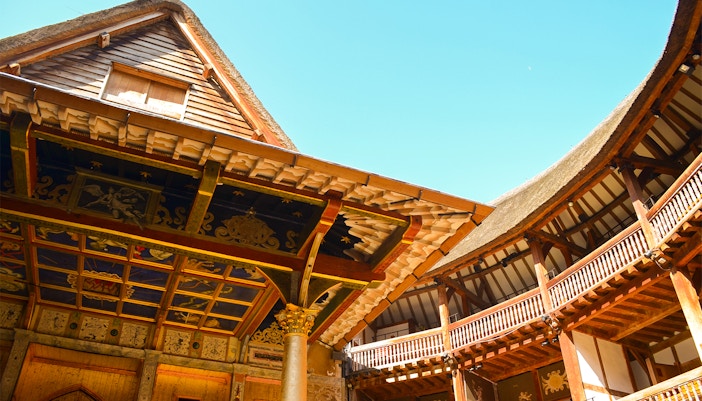10 interesting Shakespeare's Globe theatre facts
Explore a treasure trove of fun facts about the Globe theatre, from its original Elizabethan days to the modern reconstruction.
1. Built from Theatre lumber (1599)
One of the facts about the original Globe theatre is that it was constructed between 1597–1599 by the Lord Chamberlain’s Men using timber recycled from their former playhouse, The Theatre, dismantled and moved across the Thames to Southwark.
2. Elizabethan design: A “wooden O”
Shakespeare described it as a “wooden O”, a roughly 100‑foot diameter polygonal open‑air amphitheatre with three levels of seating and space for about 3,000 spectators, including standing groundlings in the pit. This is one of the most famous facts about the Globe theatre during Elizabethan times.
3. Shakespeare as shareholder
If you’re looking for facts about Shakespeare and the Globe theatre, then you should know that Shakespeare owned a share in the Globe (about 12.5%, later diluted to approximately 7%), benefiting financially from its success as both playwright and investor.
4. Colour‑coded flags signalled play type
Flags flew above the theatre: white for comedy, red for history, black for tragedy, letting passersby know what performance awaited.
5. Groundlings got the “full experience”
Standing in the yard, groundlings paid just a penny and were known as “stinkards” on hot summer afternoons, thanks to the crowd and open‑air conditions.
6. Stagecraft: Trapdoors and trumpet calls
The stage featured a projecting “apron” and trapdoor (“Hell”) for dramatic entrances. Each performance opened with a trumpet call, and ticket money was collected backstage in boxes, the original box office.
7. Fire during Henry VIII (1613)
On 29 June 1613, a cannon misfired during a performance of Henry VIII, igniting the thatched roof. The theatre burned within an hour. Miraculously, no serious injuries occurred, one man's breeches caught fire, and were extinguished with ale.
8. Globe II and Puritan closure
Rebuilt in 1614 on its original brick foundations with a safer tiled roof, Globe II thrived until all theatres were ordered closed in 1642. It was demolished in 1644 to make way for housing.
9. Modern reconstruction: Globe III (1997)
Inspired by American actor Sam Wanamaker, a faithful reconstruction opened in 1997 near the original site. It incorporates historical design elements, like thatched roof (treated fire‑retardant), seating, and safety features, while serving as a working theatre today. It was built using over 1,000 oak trees from English forests; its thatch consists of 6,000 bundles of Norfolk reeds, and each of the two large stage pillars is a single oak tree.
10. Still outlasting the original
Interestingly, among facts about the new Globe theatre, the venue (opened 1997) has now existed longer than the original Globe (1599–1613), surpassing it by several years as both monument and active playhouse.



